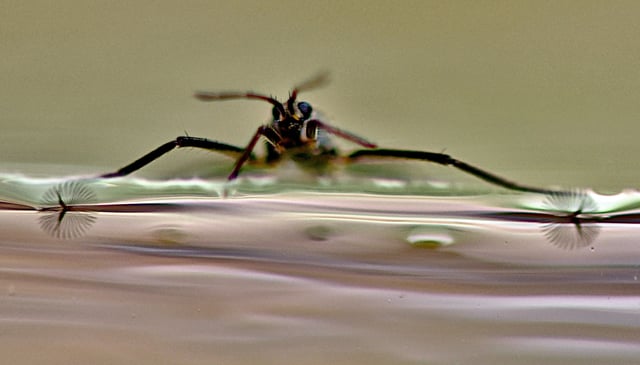Overview
- Researchers from UC Berkeley, Georgia Tech, and Ajou University report the findings in Science on August 21, detailing a biology-to-robotics pipeline.
- Scanning electron microscopy revealed ribbon-shaped barbs with finer barbules that unfurl on water through elastocapillary forces and close when lifted, requiring no muscles.
- Ripple bugs execute about 50‑millisecond turns and reach speeds up to 120 body lengths per second, benchmarks that guided the engineering effort.
- The team built a one‑milligram, self-deploying elastocapillary fan and integrated it into an insect-sized platform dubbed Rhagobot.
- In tests, the fan-equipped robot delivered greater thrust, sharper turning, stronger braking, and longer glides than fanless versions, with researchers outlining future possibilities such as stream monitoring and flood‑zone searches.
